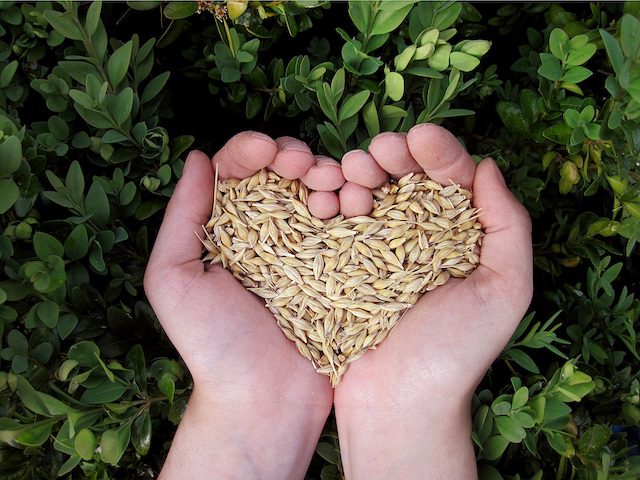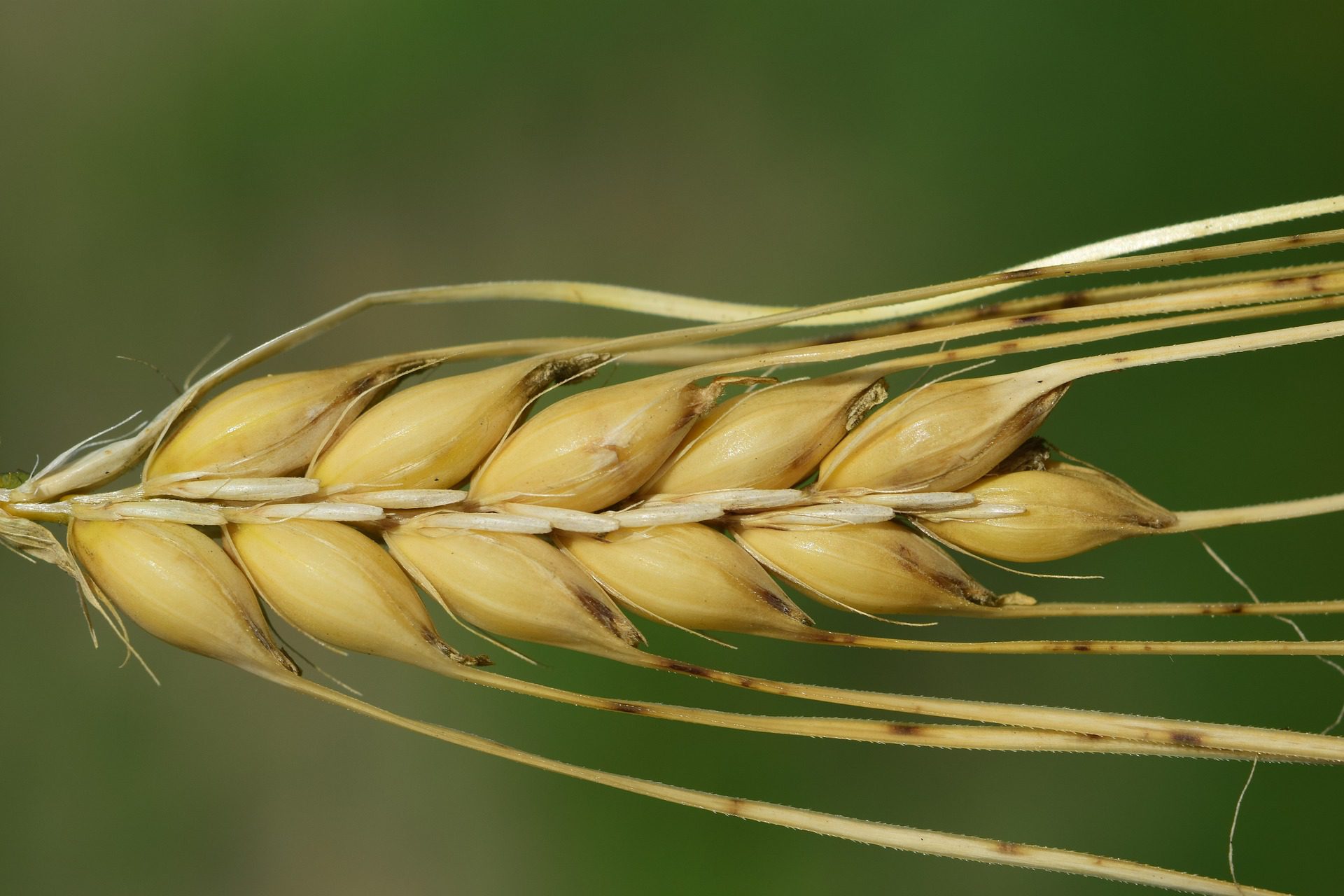What is hulled barley?
Barley is an ancient grain with some of the highest fiber content available in grains. Hulled barley is barley that has the outer shell removed. The bran layer stays intact during this process. Barley is a good source of protein and vitamin B3 and an excellent source of fiber, manganese, selenium, and B1. The grains, which are slightly larger than rice, have a rich flavor and chewy texture and hold up better in stews and soups because of their fiber content. You can buy whole grain barley (unhulled), hull-less barley, hulled barley, and pearl barley. Pearled barley is not considered a whole grain because most of the hull and bran layer is removed. However, pearled barley maintains many of its nutritional properties.


Why is it good for heart health?
Barely has a high amount of “beta-glucans” which is a certain type of dietary fiber. Oats are another grain that have a high amount of beta-glucans. This is why products can claim that they are “good for lowering cholesterol”. These fibers lower LDL cholesterol (the bad cholesterol) and do not affect HDL (the good cholesterol). There are 2.5 grams of beta-glucans in 1 cup of barley. (WGC). Diets supplemented with a median dose of 6.5 and 6.9 g/day β-glucans decreased LDL and non-HDL levels by 7% compared with control diets (science article) Beta-glucans are also good for the health of your gut, and they play a role in lowering blood sugars (1).
How do I cook it?
You can cook this grain in a way similar to cooking rice. My favorite method is using the instant pot because of the quicker cooking time and thorough cooking. You can also cook barley on the stovetop or bake it. I buy pearled barley because it is easier to find in the store and I prefer the texture compared to the hulled or unhulled barely. Hey, if you don’t like it, you’re not going to eat it. You still get many of the cholesterol-lowering properties with pearled barley.


Common water: grain ratios and cooking time
Instant pot
2:1 water to grains, cooking time 20-22 minutes
Stovetop
3:1 water to grains, simmer on low, covered for 25-40 minutes
Baked
2:1 water to grains, 1 tablespoon olive oil, 1 teaspoon of salt. Boil the water first, then pour it over the barley in a baking dish, cover with foil or a lid and bake for 1 hour at 375 degrees Fahrenheit.
References:
1. How well do you know your barley?: The Whole Grains Council. How Well Do You Know Your Barley? | The Whole Grains Council. (2020, May 20). Retrieved May 15, 2022, from https://wholegrainscouncil.org/blog/2020/05/how-well-do-you-know-your-barley
2. Sima, Petr et al. “β-glucans and cholesterol (Review).” International journal of molecular medicine vol. 41,4 (2018): 1799-1808. doi:10.3892/ijmm.2018.3411

Recent Comments